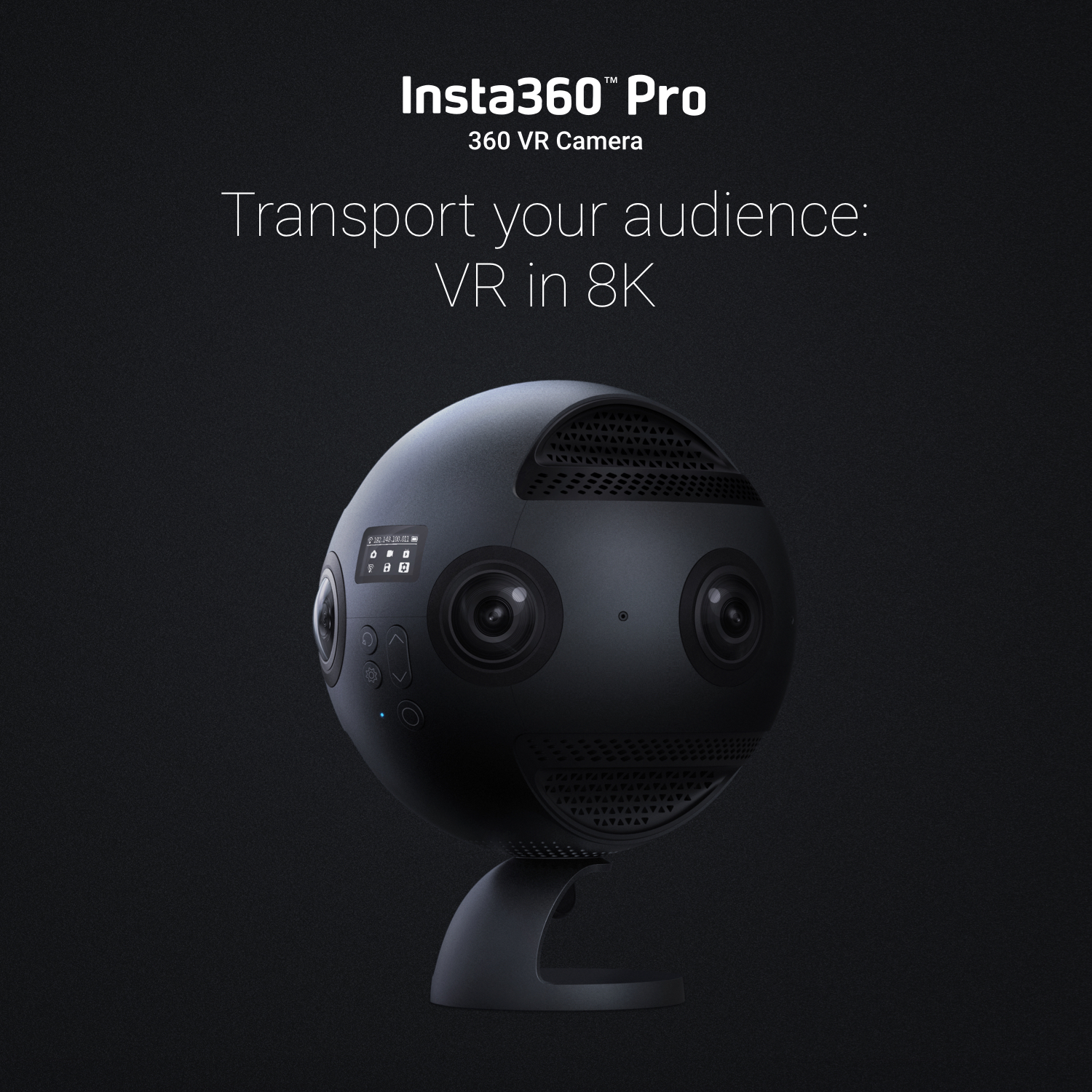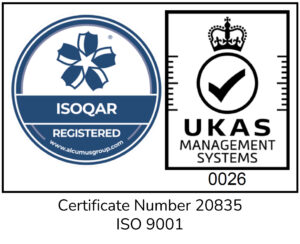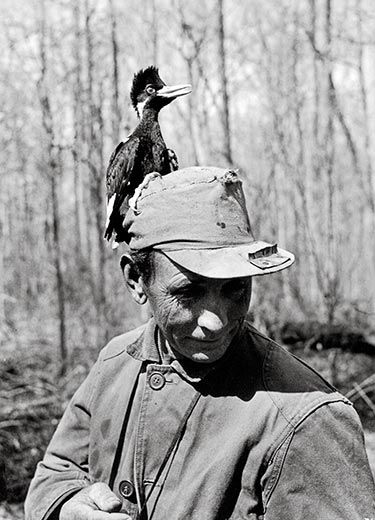400+birder
Well-known member

I tested a camera system yesterday, after much study of previous efforts and results. Basically, videos that are offered to be IB are from cameras that were already on (Luneau, Hill) or were at hand (Collins, but he missed a couple of other possibilities). Obviously the preference here is to have a cam already on. And, importantly, videos more commonly capture possible IB images. Six of the last eight images that are possible IBs are from video (two from trailcams). So, it's video rather than still (yes, the bird is that fast and elusive). And, it has to be on.
Tech can do the "always on" with the Anker PowerCore 10000mAh. And, with loop recording, a field searcher can have a random encounter at, say 1037AM, and only have to save and search five minutes of video from a microSD.
The camera has to be aimed at the bird to catch a fleeting image. Previous efforts have been with videocams mounted on canoes, kayaks, or kayak paddles. My belief is that a head-mounted cam will improve on this, because our eyes are good sensors and will cause the head to turn to the bird. If the field of view is wide enough, an image could be obtained.
A GoPro type cam (the Akaso EK7000Pro) is short-lensed, wide-angle and does not have the range and resolution to ID a bird at 100 meters, which is the test goal set from reports of general flee distance, as reported by many observers (and yes, even back into the 1800s-- much more common than reports of tamer birds). So I have bought and tried a Scopecam Lite by Runcam, with a 40mm lens. This is a camera meant to be mounted on a paintball-type rifle. It can be head-mounted. I also thought that this would provide a field of view of about 45 degrees. With this last thought, I was wrong.
When I tried it, it could easily resolve a stop sign at well over 100 meters. However, the field of view was much narrower, perhaps 10 degrees. This means that a head-mounted system would have much less of a chance of being aimed at an IB.
I asked a photographer affiliated with Mission Ivorybill, and was quickly told that I did not consider equivalency, or crop factor (something that was mentioned here on FB but not fully explained in context). My Scopecam has a 1/2.9 sensor... so all the numbers change.
I am returning and reordering the same camera with a 16mm lens, and hope this will be the right combination. I am open to advice with this. For example, the Scopecam also offers 35 and 25mm lenses; perhaps one of these is better for the magic combination of resolution at distance, and field of view needed to get the bird. Funding is also an issue; the entire setup I hope to suggest for field research is approx. 250 USD each.
It's important to conclude here that, in all of the more recent efforts to document this species-- Cornell, Auburn, Collins, Project Coyote, Mission Ivorybill-- there were multiple claimed sightings.
https://shop.runcam.com/runcam-scope-cam-lite/
https://www.amazon.com/Anker-PowerCore.../dp/B0194WDVHI...

Tech can do the "always on" with the Anker PowerCore 10000mAh. And, with loop recording, a field searcher can have a random encounter at, say 1037AM, and only have to save and search five minutes of video from a microSD.
The camera has to be aimed at the bird to catch a fleeting image. Previous efforts have been with videocams mounted on canoes, kayaks, or kayak paddles. My belief is that a head-mounted cam will improve on this, because our eyes are good sensors and will cause the head to turn to the bird. If the field of view is wide enough, an image could be obtained.
A GoPro type cam (the Akaso EK7000Pro) is short-lensed, wide-angle and does not have the range and resolution to ID a bird at 100 meters, which is the test goal set from reports of general flee distance, as reported by many observers (and yes, even back into the 1800s-- much more common than reports of tamer birds). So I have bought and tried a Scopecam Lite by Runcam, with a 40mm lens. This is a camera meant to be mounted on a paintball-type rifle. It can be head-mounted. I also thought that this would provide a field of view of about 45 degrees. With this last thought, I was wrong.
When I tried it, it could easily resolve a stop sign at well over 100 meters. However, the field of view was much narrower, perhaps 10 degrees. This means that a head-mounted system would have much less of a chance of being aimed at an IB.
I asked a photographer affiliated with Mission Ivorybill, and was quickly told that I did not consider equivalency, or crop factor (something that was mentioned here on FB but not fully explained in context). My Scopecam has a 1/2.9 sensor... so all the numbers change.
I am returning and reordering the same camera with a 16mm lens, and hope this will be the right combination. I am open to advice with this. For example, the Scopecam also offers 35 and 25mm lenses; perhaps one of these is better for the magic combination of resolution at distance, and field of view needed to get the bird. Funding is also an issue; the entire setup I hope to suggest for field research is approx. 250 USD each.
It's important to conclude here that, in all of the more recent efforts to document this species-- Cornell, Auburn, Collins, Project Coyote, Mission Ivorybill-- there were multiple claimed sightings.
https://shop.runcam.com/runcam-scope-cam-lite/
https://www.amazon.com/Anker-PowerCore.../dp/B0194WDVHI...














